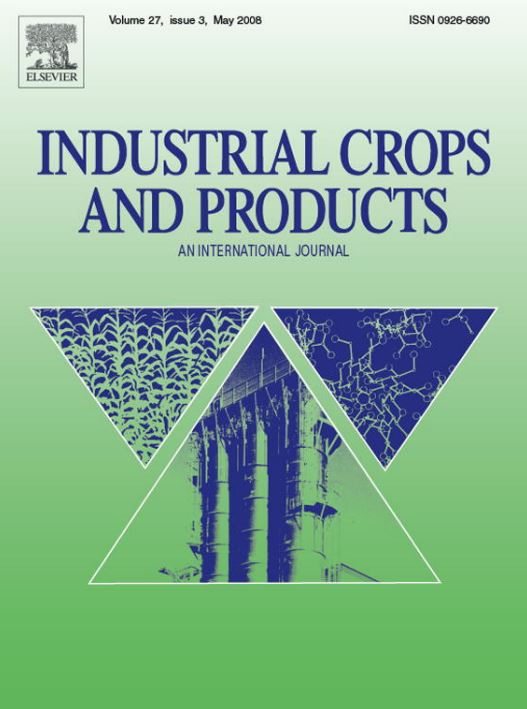Abstract
Cannabis sativa L. is a dioecious species known to produce over 1600 chemical constituents, including more than 180 cannabinoids classified into 11 structural groups. These bioactive compounds are predominantly synthesised in the glandular trichomes of female inflorescences. However, sex determination in C. sativa is influenced by both genetic and environmental factors, often leading to the development of male flowers on female plants. This unintended fertilisation reduces cannabinoid yield and increases genetic heterogeneity and challenges in medical cannabis production. Haploid and doubled haploid (DH) technologies offer a promising solution by rapidly generating homozygous lines from gametophytic (e.g., unpollinated ovaries and ovules) or sporophytic tissues (e.g., anthers and microspores) via in vitro culture or chromosome reduction during hybridisation. In land plants, the life cycle alternates between a diploid sporophyte and a haploid gametophyte generation, both capable of mitotic division to form multicellular bodies. A single genome regulates this phase transition and encodes the molecular, genetic, and epigenetic mechanisms that precisely control the developmental processes unique to each generation. While the application of haploid technology in C. sativa remains limited, through recent progress in haploid induction (HI) and CRISPR-based genome editing, the direct modification of haploid gametes or embryos enables the creation of null homozygous lines following chromosome doubling, improving genetic uniformity. Understanding the molecular mechanisms of spontaneous chromosome doubling may further facilitate the development of elite cannabis genotypes. Ultimately, enhancing the efficiency of DH production and optimising genome editing approaches could significantly increase the speed of genetic improvement and cultivar development in Cannabis sativa.




